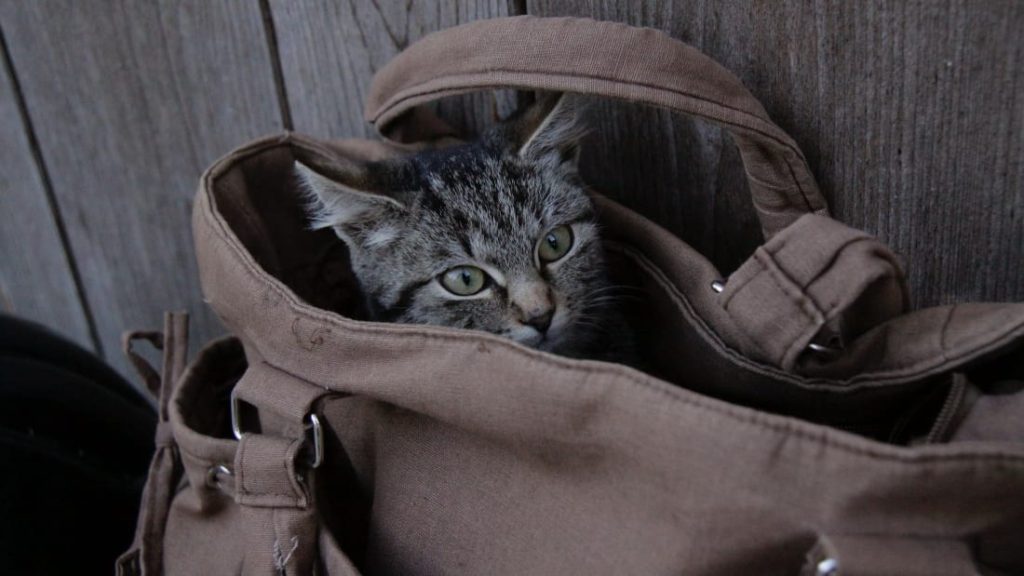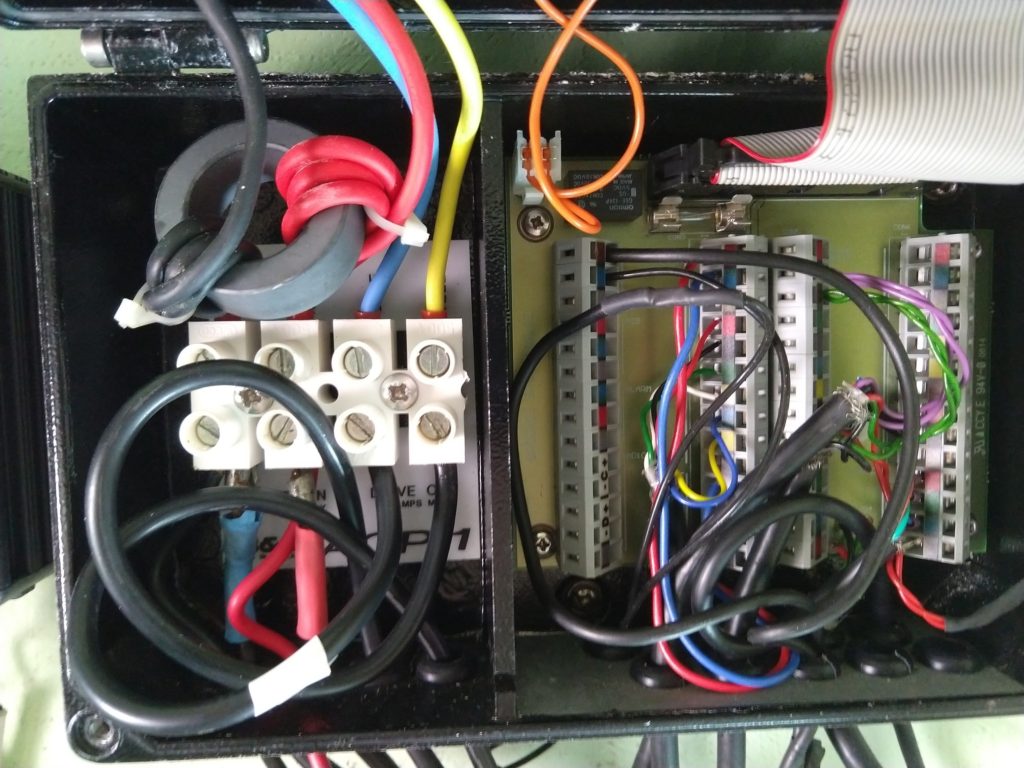
As the saying goes, the cat is out of the bag: I’m going to give it another go. My first attempt only lasted five weeks, which makes it a great shakedown cruise. As I look ahead to identify what I need to work on I’ll start with the mental preparation. As I’ve written before, a long-distance offshore solo sailor must have his head squarely screwed on his shoulders.
In the months leading to my departure last September, I picked up enough mental junk that I wasn’t as ready as I could have been. During the winter following my return, I did a lot of soul searching. I’m hoping to have reached a new level of understanding that will allow me to be more relaxed about my adventure. I don’t care anymore about getting across to the other side; all I care about is being out there. And I will do all in my power to secure that time at sea.
My first attempt highlighted some of the weaknesses of my preparation. I’m now exploring what I can do to fix these at a reasonable cost.

Weakness #1: auto-pilots
On a fast boat like Changabang, the autopilot is essential. For my first attempt, I had 3 fully functional systems:
- Primary: NKE electronics (wind vane, rudder sensor, compass, speedometer, wifi, computer, displays, etc.), L&S linear drive. I have no backup for NKE Electronics except for the rudder angle sensor.
- Secondary: B&G electronics (rudder sensor, compass, depth, displays, computers, etc.), L&S linear drive. I have no backup for B&G electronics. I have a wind vane, which is not mounted.
- Tertiary: Pelagic autopilot, which is self-contained. The Pelagic computer can be connected to the L&S linear drives as well.
- A third L&S linear drive: this is an old and well-used (but still functional) piece of hardware.
- A spare electric motor for the L&S drive.

Although the above seems like a lot, it really isn’t. Recall that my primary auto-pilot solution failed after 12 days or so. I fixed it when I got back: replacing the carbon brushes was sufficient. This is an operation that can be done at sea.
Any time I need to take the linear drive auto-pilot out of commission I need to plan for a few hours to get the whole drive out of its small storage space outside and another few hours to get it back in. Add to that the troubleshooting and repair, and you’re looking at a full day’s job. This operation also requires spending a bit of time hanging off the stern. These Lecomble & Schmitt (L&S) are supposed to be very durable; it’s just that on Changabang they are not that well protected.
Not once but twice!
Then recall that the second linear drive recently gave up as well. So, during my lifetime with the boat, that’s one every 3,000 miles or so. Considering that the electric motor of the primary drive had to be replaced before I bought Changabang because it made weird noise, it’s a pattern. On a trip of 30,000 miles, we’re looking at 10 failures! Three backup plans are hardly enough. That’s not even counting the risks of the electronics failing.
There were also problems with the drive not disengaging when the auto-pilot was turned off (on both systems), presumably because the clutch was stuck (dirt?). This would be resolved by “light” hammering at the end of the piston rod.
So what to do?
I’ve not had the actuator (cylinder/rod) itself fail. But the pump failed once and the motor three times. I have 3 full systems. They are of different generations, each with slight variations of the hardware. I should be able to scavenge from one to fix the other. I also have one spare motor. So I think I’ll add the following to my arsenal:
- 8 spare brushes;
- a maintenance kit.
That’s a lot of spare, which I won’t know what to do with if I don’t use them. But it’s an essential part of the backup plan.

Weakness #2: electronics
Each component of the NKE or the B&G electronics system is a single point of failure. Some of these are exposed to the elements. The wind vane at the top of the mast and the rudder sensor, in particular, are very much at risk. In summary, if any component of the NKE, B&G, or Pelagic systems fails, the whole system fails. I have not had a failure of either, yet. But still, I need to beef up the spare and backup plans in this area.
To function properly, the NKE system requires the rudder angle sensor, the compass or the windvane, the computer, the voltage regulator, and a bunch of bus boxes. The B&G system is several generations behind and no spare parts are available, except maybe for the rare item on eBay. The NKE system is fairly recent so spare parts can be purchased but their cost is so high!
There are other options to consider. In particular, I could get several Pelagic auto-pilots as “consumables”. I’d just need to make sure that I have a solid solution for the tiller connection (I don’t today), or use it to control the L&S drives.
In the final analysis, I feel like acquiring a second spare NKE rudder angle sensor, a basic NKE compass, and another Pelagic pilot.
More to come …


